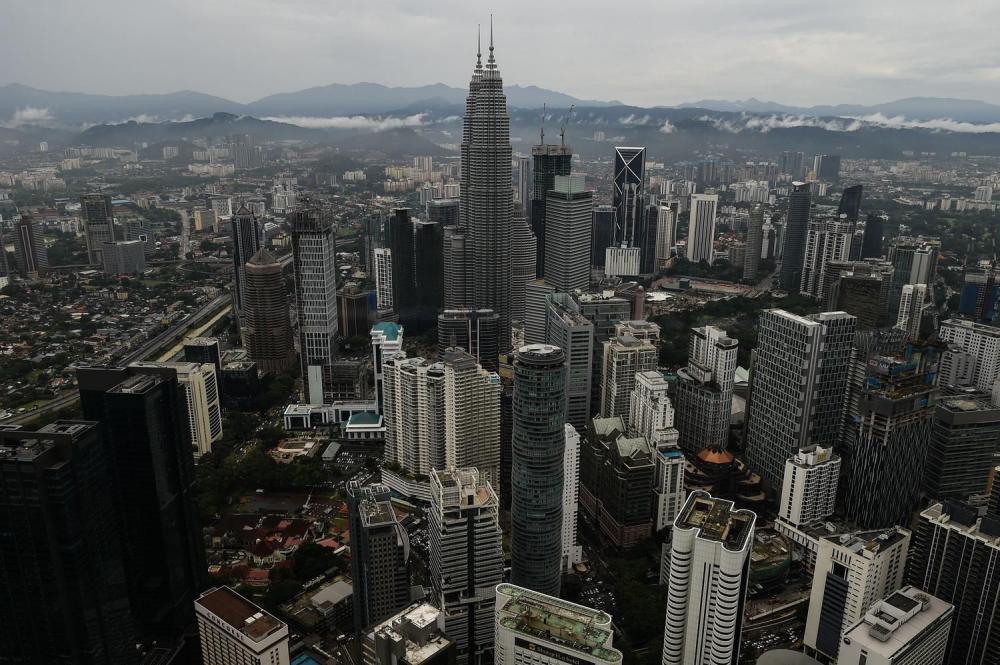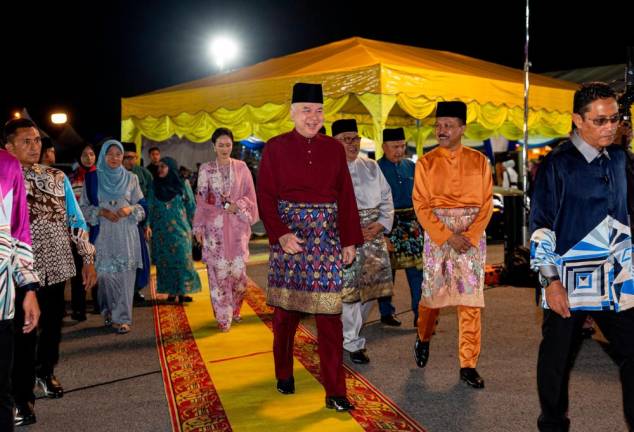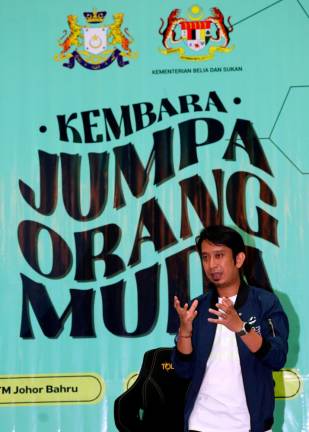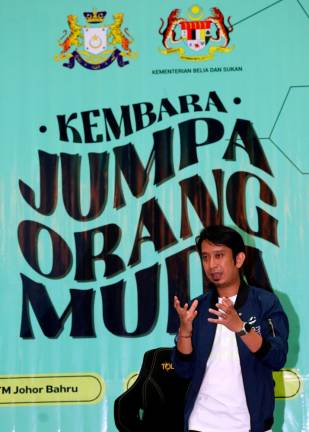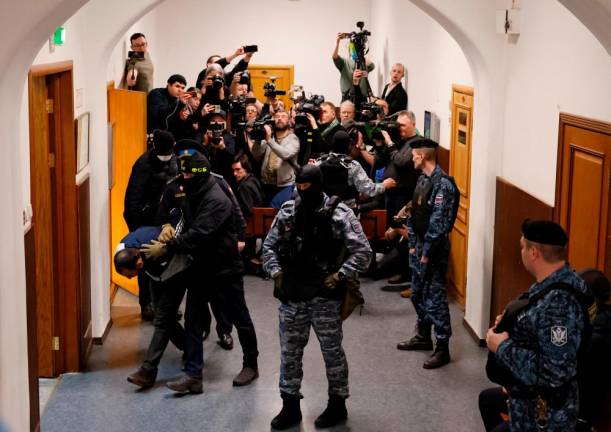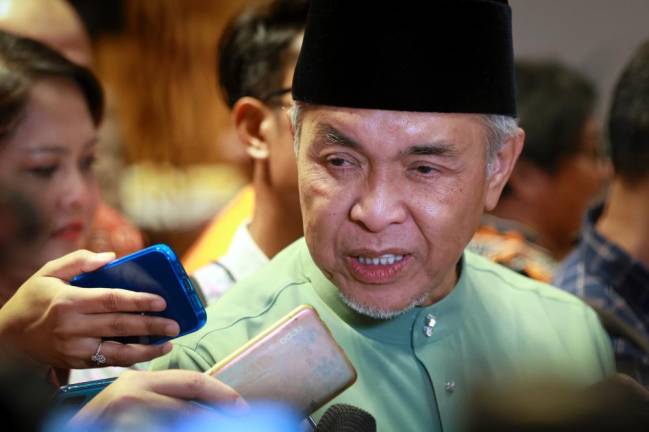KUALA LUMPUR: Kuala Lumpur City Hall (DBKL) and the Tokyo Metropolitan Government (TMG) will collaborate to achieve targets and strategies set in the Kuala Lumpur Low Carbon Society Blueprint 2030.
KL Mayor Datuk Nor Hisham Ahmad Dahlan said DBKL would like to explore more best practices from other successful cities in climate change counter-measures to be adopted in various programmes under the blueprint.
“However, to implement all the low carbon programmes DBKL need not work alone; we are fortunate to receive assistance through knowledge sharing, collaborative efforts as well as training from TMG to reach the 70% carbon intensity reduction by 2030,” he said.
TMG has developed measures for both existing and new buildings, and by using its experience it can support Kuala Lumpur in streamlining its sustainable building policy framework, he said at the launch of the Tokyo to Kuala Lumpur Low Carbon System (T2KLLCS) here today.
He said the low carbon programmes that DBKL has implemented include converting all the streetlights into LED lights, installing energy-efficient equipment in all DBKL buildings, plant more trees, as well as encourage people to walk and cycle in the city.
“At the same time, we look forward to encouraging new privately-owned buildings to be built of green building category while the old ones are urged to be retrofitted.
“Perhaps, DBKL should consider offering suitable incentive packages to encourage buy-ins from the private sector,“ he said.
He said the city to city collaboration also receives support from the Institute for Global Environmental Strategies (IGES) and Sustainable Energy Development Authority (Seda), Universiti Teknologi Malaysia (UTM), in terms of coordinate and technical expertise.
Meanwhile, Climate Change and Energy Division senior director of TMG, Kenji Ogawa, said Tokyo has since 2000 pursued energy efficiency practices out of the responsibilities of being one of the world’s largest metropolitan cities.
He said through various measures such as Tokyo Cap and Trade programme and Carbon Monoxide (CO2) emission reporting programme for SMEs, the city has reduced its energy consumption by approximately 23% compared to the levels in 2000.
“For example, some large buildings in Tokyo were able to reduce CO2 emissions by 50% as a result of these various energy efficiency counter measures.
“Our target is to achieve zero-emission status by 2050 and contribute to the global mission for decarbonising, although the road will not be an easy one. But we believe it is possible by diligently pursuing multiple energy-saving measures one by one and adding renewable usage,“ he said. — Bernama



